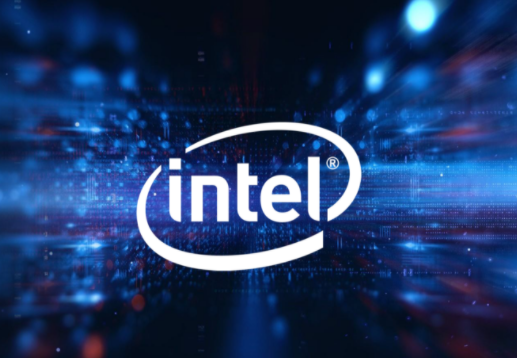Published :1/14/2021 6:25:38 AM
Click Count:2103
On January 14, Intel Corporation announced today that the company’s board of directors has appointed Pat Gelsinger, a 40-year-old technology industry leader, as the new chief executive officer. The appointment will begin on February 15, 2021. Take effect. Kissinger will also join Intel's board of directors after he takes office. The current CEO Bob Swan, who he succeeds, will perform his duties until February 15.
Data show that Kissinger has more than 40 years of technical qualifications and leadership experience. Kissinger has served as the chief executive officer of VMware Verizon since 2012. He led the company's transformation into a recognized global leader in cloud infrastructure, enterprise mobility, and network security, and nearly tripled the company's annual revenue. Prior to joining VMware, Kissinger served as the President and Chief Operating Officer of Information Infrastructure Products at EMC EMC, responsible for managing information storage, data computing, backup and recovery, RSA security and enterprise solutions engineering design and operations. Before joining EMC EMC, he worked at Intel for 30 years and became the first chief technology officer, and promoted the development of key industry technologies such as USB and Wi-Fi. He is the architect of the 80486 processor prototype, led the development of 14 different microprocessors, and played a key role in the success of the Core and Xeon product lines.

Pat Gelsinger (PatGelsinger) said in a letter to Intel employees that I am very excited and humble to return to Intel as CEO. Intel has a deep history, and the transition from a CPU company to a multi-architecture XPU company is also very exciting.
In addition, Intel expects that the company’s fourth quarter 2020 revenue and earnings per share (EPS) will exceed the performance guidance previously announced on October 22, 2020, and the fourth quarter results will be announced on January 21, 2021 as scheduled. In addition, Intel has made significant progress in 7nm process technology and will update relevant information on its earnings call on January 21.
The following is *Pat Gelsinger (PatGelsinger) a letter to Intel employees* full text
Returning to Intel as CEO, I am very excited and humble. When I joined Intel at the age of 18, I just graduated from Lincoln Institute of Technology. During the 30 years of serving Intel, I am honored to be taught under Grove, Noyce and Mormon. Intel supported me to continue my studies at Santa Clara University and Stanford University. The company also gave me the opportunity to be at the forefront of chip innovation and work with the best and brightest in the industry.
My experience at Intel has shaped my entire career, and I am always grateful for this company. In such a critical period of promoting innovation, everything is accelerating digitization. I can return to the "big family" of Intel as the CEO. This will be the greatest honor in my career.
I have high respect for Intel’s rich history and powerful technologies that have created and will continue to shape the world’s digital infrastructure. We have an extraordinary talent team and impressive technical expertise, admired by the industry.
I look forward to working with all of you to continue to shape the future of technology. Intel has a deep history, and the transition from a CPU company to a multi-architecture XPU company is also very exciting; as the world's leading semiconductor manufacturer, we have unprecedented opportunities. I will share more of my thoughts on Intel’s vision and strategy in the near future. At the same time, I know that we must continue to accelerate the pace of innovation, consolidate our core business, and create value for shareholders, customers and employees.
I would like to thank Si Ruibo for his leadership role and significant contributions to Intel during the critical period of Intel’s transformation. I welcome him to continue to provide advice and guidance. For our customers and everyone, we will try our best to ensure a seamless connection.